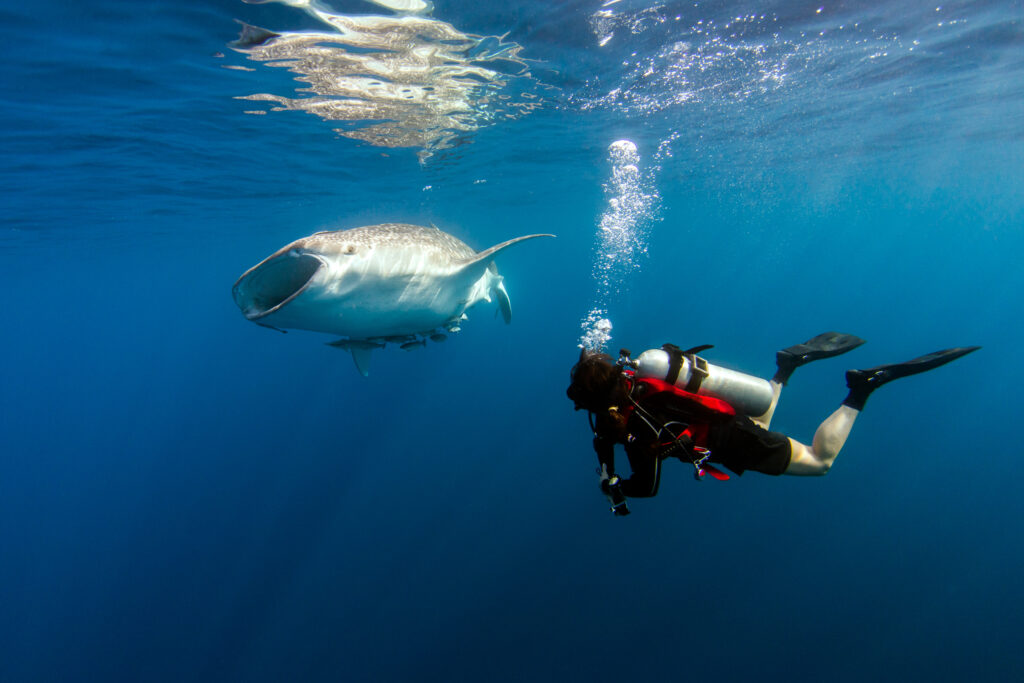What is Recreational Scuba Diving?

Recreational scuba diving is a popular underwater activity enjoyed by millions of people around the world. It allows individuals to experience the underwater environment firsthand, encountering marine life and underwater landscapes that are typically inaccessible. Unlike commercial or military diving, which focuses on tasks such as underwater construction or defense, recreational scuba diving is primarily for enjoyment and adventure. It involves using a self-contained underwater breathing apparatus (scuba) to breathe underwater, enabling divers to spend extended periods submerged. This activity has grown significantly in popularity due to its appeal to adventurers and nature enthusiasts alike.
What is Free Flow?

Scuba diving is an immersive underwater experience that offers divers a glimpse into the unique marine environment. To safely navigate these depths, divers rely on specialized equipment, with one of the most critical components being the demand regulator. This device controls the flow of air from the tank to the diver, ensuring they receive air at the appropriate pressure. However, like any mechanical equipment, the regulator can malfunction, and one specific issue is known as “free flow.” This malfunction can result in continuous air flow from the regulator, regardless of the diver’s input, potentially depleting the air supply quickly and leading to serious safety concerns.
What is a Unbalanced Regulator?

The unbalanced regulator, a once dominant piece of scuba diving equipment, is a technology rooted in the sport’s history. This device, which regulates the high-pressure air from the scuba tank to a breathable pressure for the diver, is distinguished by its susceptibility to changes in tank pressure. Though largely phased out in favor of balanced regulators, the unbalanced regulator remains a key reference point in understanding the evolution of diving equipment and safety.
What is a Regulator Freeze when Scuba Diving?

What is a Regulator Freeze when Scuba Diving? Scuba diving is a popular underwater recreational activity that allows divers to explore the underwater world. A crucial component of scuba diving equipment is the regulator, which delivers breathing gas from the tank to the diver at a safe and comfortable pressure. One of the potential hazards […]
What is a Balanced Regulator?

What is a Balanced Regulator? A balanced regulator is an essential piece of scuba diving equipment designed to help divers maintain a consistent breathing effort regardless of external conditions, such as depth or tank pressure. This innovative device ensures that the diver receives an optimal and smooth air supply throughout the dive, significantly enhancing their […]
What is Ambient Pressure in Scuba Diving?

What is Ambient Pressure in Scuba Diving? Ambient pressure plays a critical role in scuba diving and understanding its effects on the human body is essential for divers’ safety and enjoyment. This entry explores the concept of ambient pressure, its sources, implications for dive planning, and how it influences dive physiology and equipment. Ambient pressure […]
What is a Y-Valve?

What is a Y-Valve? Y-valves, also known as dual orifice valves, are an essential piece of equipment for scuba diving enthusiasts and professionals alike. These specialized valves allow divers to connect two regulators to a single cylinder, providing an increased level of safety and convenience. In this encyclopedia entry, we will explore the function and […]
What is a Scuba Diving Regulator?

What is a Scuba Diving Regulator? A regulator is a fundamental and essential piece of equipment in scuba diving, responsible for managing the delivery of breathing gas from the scuba tank to the diver. The primary function of the regulator is to reduce the high pressure of the compressed air or mixed gas in the […]
What is a First Stage when Scuba Diving?

The first stage is a vital component of the diving regulator, as it is responsible for reducing high-pressure gas from the tank and delivering it to the second stage and buoyancy compensator (BC)
What is a Second Stage in Scuba Diving?

The second stage regulator, also known as the demand valve, is an essential component in a scuba diver’s breathing apparatus. It is responsible for delivering air from the first stage regulator (connected to the scuba cylinder) to the diver’s mouth at a pressure that matches the surrounding water pressure, also known as ambient pressure.
